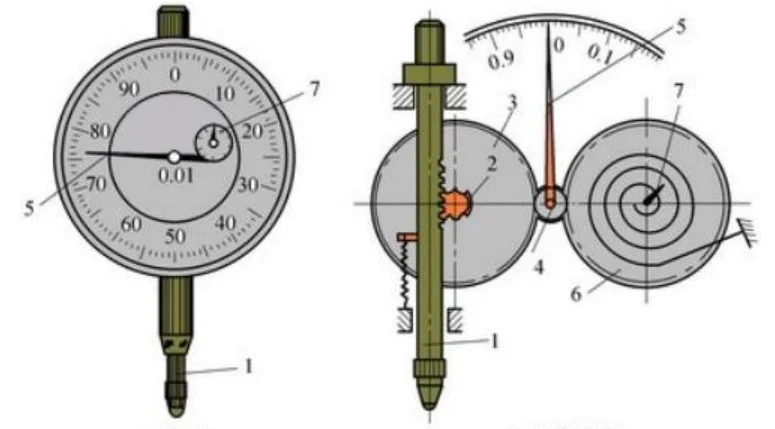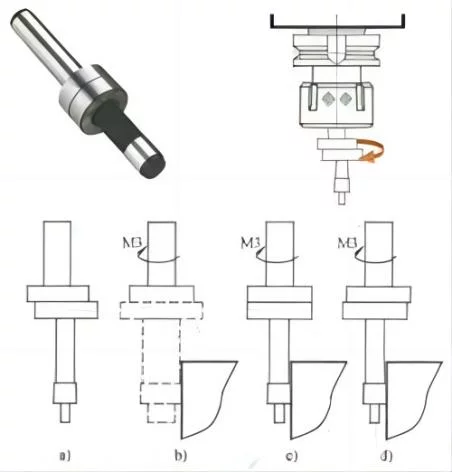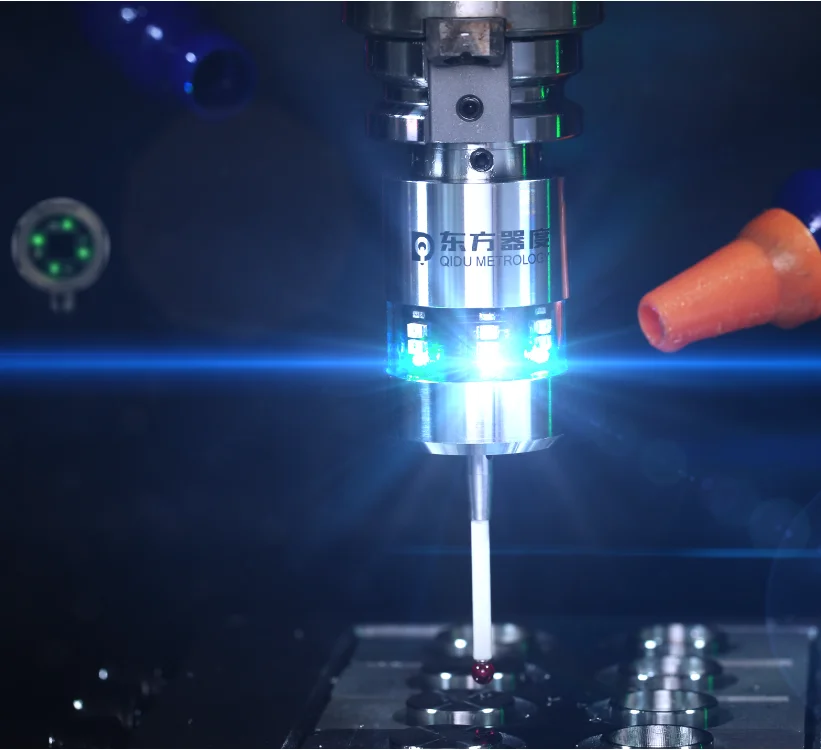Email: katrina@qidumetro.com Phone: (+86) 134 1323 8643
Centering in CNC machining is the process of accurately locating the reference point of a workpiece. This is crucial for ensuring precise and error-free machining operations. If centering is not done correctly, it can lead to significant errors or even scrapped parts. Therefore, mastering center techniques is an essential skill for every CNC operator.
Common Centering Methods
There are three primary methods for centering workpieces in CNC machining:
1.Dial Indicator (DTI) Center: This method utilizes a dial indicator mounted on the machine spindle to measure the distance between the spindle centerline and the workpiece surface. While effective, DTI centering requires manual operation, making it time-consuming and susceptible to human error. Its limitations have led to its gradual decline in popularity.

2.Edge Finder Center: An edge finder, also known as a centering rod, is used to locate the edges of the workpiece. By touching the edge finder to the workpiece and recording the machine coordinates, the center can be calculated. However, this method relies on visual judgment and is limited to workpieces with edges larger than 10mm in diameter.

3.Machine Tool Probe Center: This method employs a machine tool probe, which is a highly accurate touch sensor integrated into the CNC machine. The probe is programmed to touch the workpiece at multiple points, and the machine’s software calculates the center based on the recorded coordinates. This method offers superior precision and eliminates human error, making it the preferred choice for modern CNC machining.
Qidu Metrology Machine Tool Probes: Precision and Versatility
Qidu計量 offers a range of high-precision machine tool probes that meet the demands of modern CNC machining. These probes boast repeatability of up to 1 µm, enabling precise centering even for small workpieces. They can measure holes with diameters as small as 2mm and offer interchangeable styli to suit various applications. With customizable stylus lengths, Qidu Metrology probes cater to a wide range of machining needs.
結論
Centering is a fundamental aspect of CNC machining, ensuring accurate and error-free operations. While traditional methods like DTI and edge finder center have limitations, machine tool probe center has emerged as the preferred choice due to its superior precision and reliability. Qidu Metrology’s machine tool probes offer exceptional accuracy, versatility, and durability, making them an invaluable asset for modern CNC machining setups.
カトリーナ"
製造業界で 10 年以上の経験を持つ機械セールス エンジニア。販売戦略の開発と実行、顧客との関係構築、取引の成立に熟練しています。 CRM ソフトウェア、見込み顧客発掘ツール、ソーシャル メディアなど、さまざまな販売およびマーケティング ツールに精通しています。私は、販売目標や目的を達成するために、独立して働くことも、チームの一員として働くこともできます。継続的な改善と新しい販売テクニックの学習に専念します。

